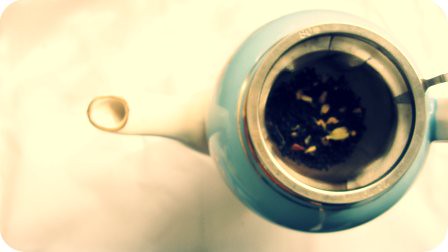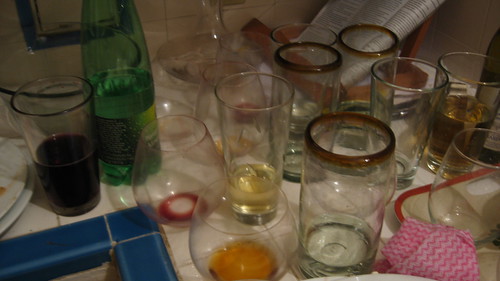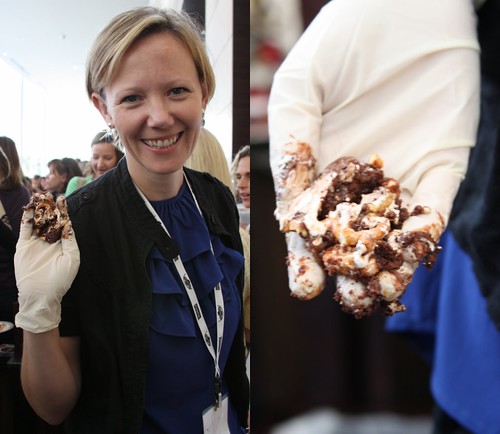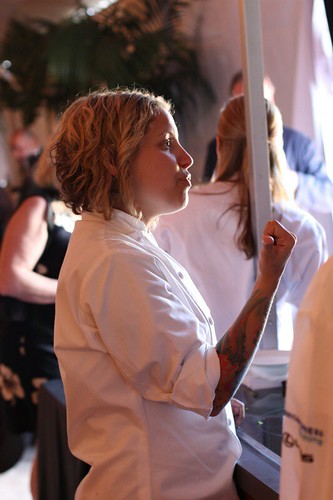The hardest thing about writing is writing.

The actual act of writing—the sitting in the chair, the stilling of the mind so that the buzz of thought clarifies into one clear idea, the placing of fingers on the keyboard (or pen to paper if you’re really old school), the act of scrawling–the stringing together of letters, words and paragraphs to create a cohesive story—is downright difficult. Writing can be so demanding that the addictive itch of procrastination is enough to make the process nearly impossible.
Take cleaning the bathroom, for example. As tasks go, most people would rather assign the job to someone else. But when writing gets tough, cleaning the bathroom becomes a very fun idea. Or laundry. Laundry can always perk my interest when I’ve got something complicated to write. Checking email or Stumbling through a series of websites just to see where I end up, always entertains. Dusting can be fun when I can’t get my brain wrapped around a story. I love the immediate gratification of seeing a once dirty ledge become clean—just with a simple swipe of my hand!
Based on my procrastinating history it seems that reorganizing the refrigerator, eating a banana, brewing a perfect pot of tea, pacing, reading hundreds of other peoples’ blogs, sweeping, washing dishes, bleaching grout, or making long overdue phone calls with long-lost cousins I haven’t talked to in decades can be much, much, more appealing than writing.

However, I must admit, crafting a really great sentence does give me goose bumps. A well-polished paragraph makes me want to dance, sing, and show off. Truth be told, writing a great story makes me feel like a hero. Dusting never makes me feel like that.
But now that I write about food, I find that it is much easier for me to get my butt in the chair, put my fingers on the keys, and listen for the words to come—granted, a string of sentences can sometimes take me hours, but they do come. The act of writing about food makes me less prone to postpone my work on a regular basis. I’m much more disciplined now. I have to schedule myself to clean the bathroom or bleach the grout. You should have seen my home during my screenwriting days.
So when it comes to my blog—the place where I dedicate many hours to food writing—the last thing I want to consider is search engine optimization. As a matter of fact, it took me nearly half a year before I knew 1) what SEO was (search engine optimization) 2) why I should think about such things.
When I started the blog, my main goal was to do the work and eventually have people find me. I was operating from the Field of Dreams build-it-and-they-will-come philosophy. Though I did receive some immediate recognition, my modest approach didn’t exactly make me an overnight success. I continued to write frequently, but my low traffic numbers started to concern me. What was I doing wrong?
After one long week of procrastinating (researching what SEO was, how one can improve SEO, how much it costs to have someone tell you how to be seen on line), I discovered Lotus Jump, a relatively inexpensive way to improve websites’ search engine ranking.
MAKING SEO FUN
Lotus Jump, I discovered, is an Internet based SEO software service that creates custom link-building tasks that helps boost websites authority and rankings. After watching the demo, I understood the service to be sort of like an in-house consultant that I could turn to whenever I wanted.
Since I didn’t have a lot of money to spare, I decided to sign up for a month to check it out. I’m still in the beginning stages of working with Lotus Jump, but within a month of doing the assigned tasks—and I haven’t been going crazy doing everything, else consider myself a full time SEO procrastinator–I’ve already seen a 100 percent jump in my traffic.
If you’re a blogger and have no idea what SEO is, then I suggest just taking a peek over at their website and see how it works. (Full disclosure: I am NOT getting paid to write about Lotus Jump. I will, however, be featured on their blog.) Lotus Jump offer a seven day trial for free, so if you want to get a crash course in SEO, go over to their site and sign up for a week. I can’t say that Lotus Jump is perfect. They still need to work out some kinks for us food blogger types (i.e. not all of their suggested activities are applicable) but they seem open to suggestions and the activities themselves are an excellent way to train yourself to think about maximizing your efforts in building yourself a bigger readership. Maybe I’ll continue using them, maybe I won’t. I’ll give it some more time to see if it’s worth it.
In the mean time, as much as working the lists of Lotus Jump feels like procrastinating, it has had verifiable benefits. Using Lotus Jump’s guided to-do lists have created a huge (100 percent) increase in my blog’s traffic in a very short time. In short, time on Lotus Jump equals better SEO ranking.
My goal as a writer is to continue to write great content increase my readership. Lotus Jump has helped guide me through SEO and, most importantly, taught me to think about SEO as part of the writing process, not procrastinating.





























